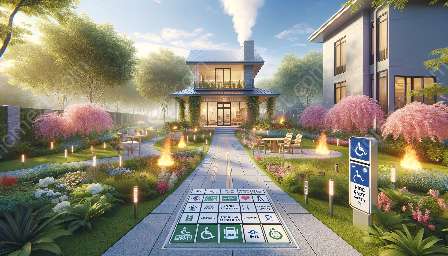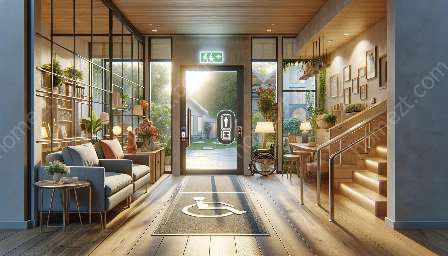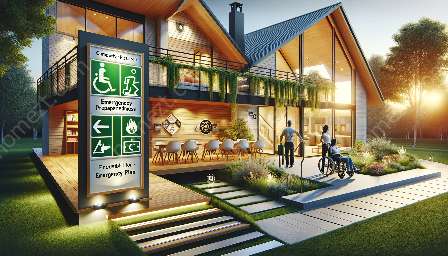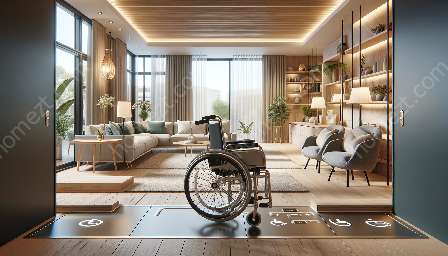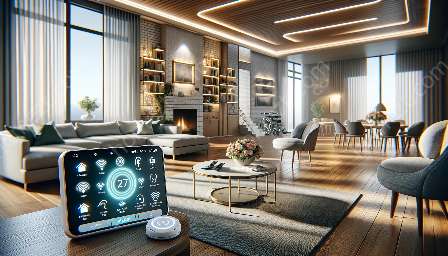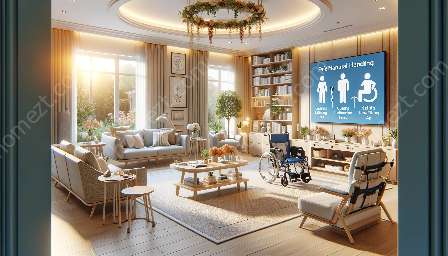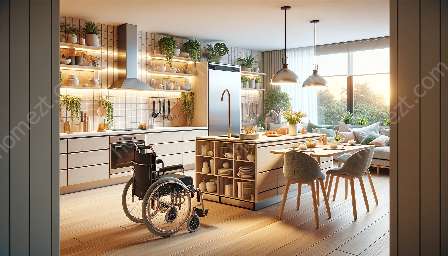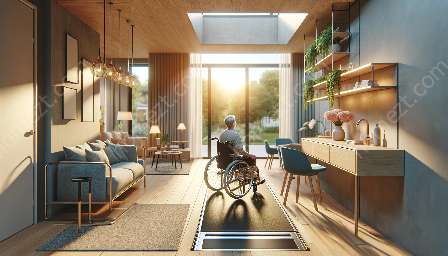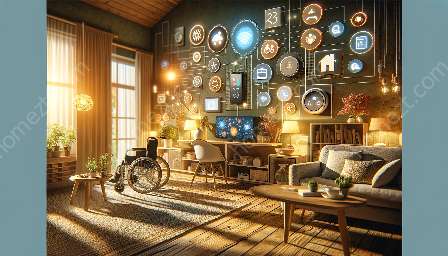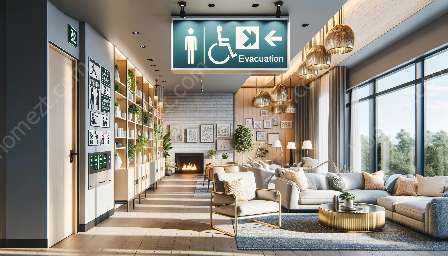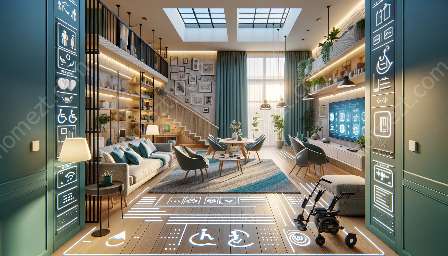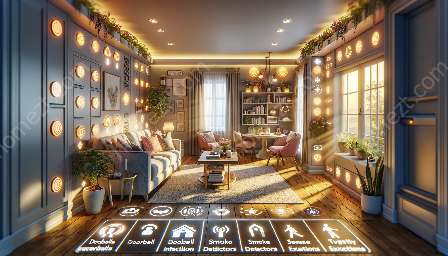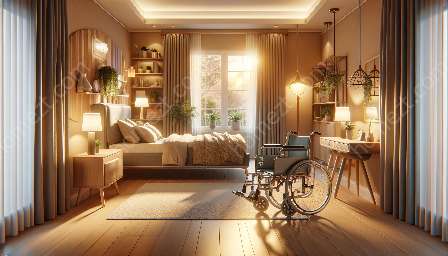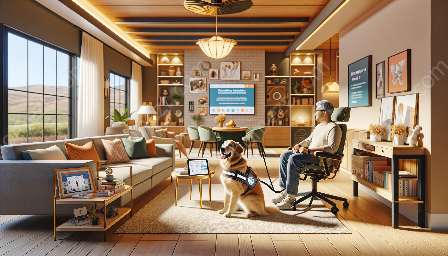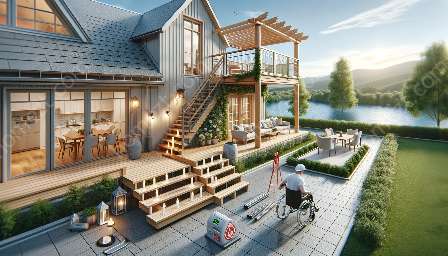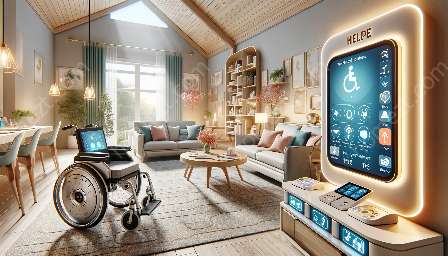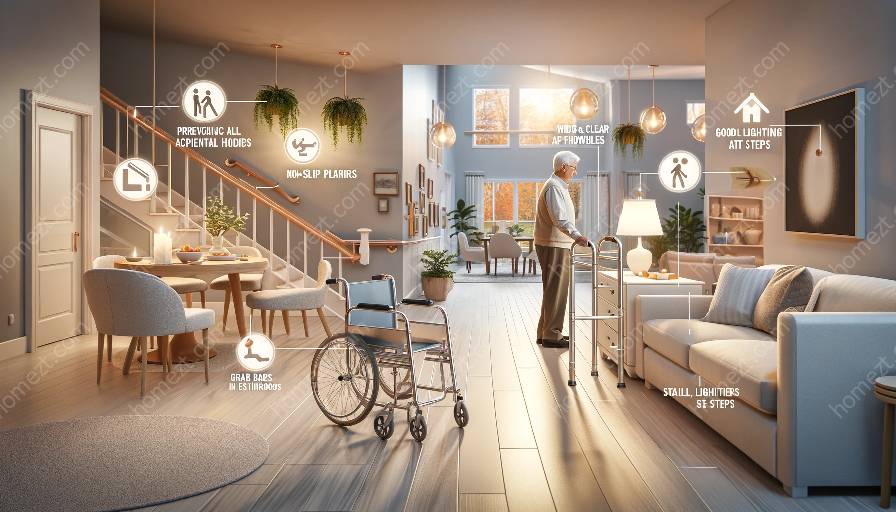Falls in the home can pose serious risks, especially for individuals with disabilities. It's important to implement strategies to prevent accidental falls and ensure home safety and security. This article explores practical measures to create a safe and accessible living environment, with a focus on the specific needs of people with disabilities.
Understanding the Risks
Accidental falls at home can result in serious injuries, particularly for individuals with disabilities. Factors like mobility issues, balance problems, and sensory impairments can increase the risk of falls. Additionally, home safety and security play a crucial role in preventing accidents and injuries.
Home Safety for People with Disabilities
Individuals with disabilities often face unique challenges related to home safety. It's essential to assess the specific needs of each person and make necessary modifications to the living space. Here are some strategies to enhance home safety for people with disabilities:
- Accessibility Modifications: Install ramps, grab bars, and handrails to facilitate safe movement throughout the home. Adequate lighting and non-slip flooring can also contribute to a safer environment.
- Assistive Devices: Utilize assistive devices such as walking aids, wheelchairs, and adaptive equipment to promote mobility and reduce the risk of falls.
- Environmental Adjustments: Organize furniture and belongings in a way that minimizes obstacles and ensures clear pathways. Keep frequently used items within easy reach to avoid reaching or bending hazards.
- Regular Maintenance: Conduct regular checks for potential hazards such as loose carpets, uneven flooring, or faulty handrails. Address any maintenance issues promptly to maintain a safe living environment.
Enhancing Overall Home Safety & Security
While focusing on the specific needs of people with disabilities, it's important to address broader home safety and security concerns. Here are some general strategies to prevent accidental falls and promote overall safety within the home:
- Clearing Clutter: Keep walkways and living areas free from clutter and obstructions. Remove any unnecessary items that may pose tripping hazards.
- Proper Lighting: Ensure adequate lighting in all areas of the home, especially in hallways, staircases, and entryways. Use nightlights to improve visibility during nighttime hours.
- Secure Handrails and Barriers: Install sturdy handrails along staircases and secure barriers for elevated surfaces such as balconies or decks. Regularly inspect these features for stability and functionality.
- Floor Safety: Use non-slip mats or rugs in areas prone to moisture, such as bathrooms and kitchens. Consider applying non-slip treatments to flooring surfaces to improve traction.
Staying Informed and Seeking Assistance
It's important for individuals with disabilities and their caregivers to stay informed about the latest home safety practices and resources. Seeking professional assistance from occupational therapists, accessibility specialists, or home safety experts can provide valuable insights and recommendations for creating a secure living environment.
Conclusion
Preventing accidental falls at home and ensuring overall safety and security require proactive measures and attention to detail. By implementing targeted strategies for people with disabilities and addressing general home safety concerns, individuals can create a living space that promotes independence, accessibility, and peace of mind.

